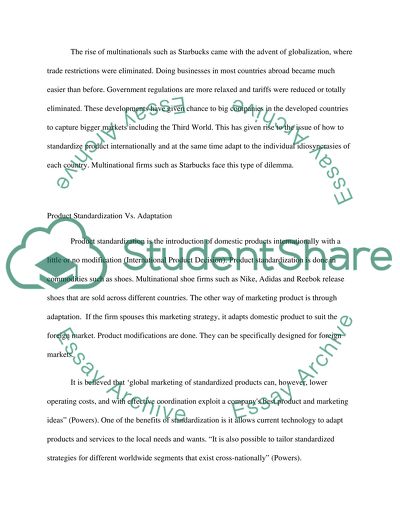Cite this document
(“The growth of Starbucks Case Study Example | Topics and Well Written Essays - 2500 words”, n.d.)
Retrieved from https://studentshare.org/miscellaneous/1522775-the-growth-of-starbucks
Retrieved from https://studentshare.org/miscellaneous/1522775-the-growth-of-starbucks
(The Growth of Starbucks Case Study Example | Topics and Well Written Essays - 2500 Words)
https://studentshare.org/miscellaneous/1522775-the-growth-of-starbucks.
https://studentshare.org/miscellaneous/1522775-the-growth-of-starbucks.
“The Growth of Starbucks Case Study Example | Topics and Well Written Essays - 2500 Words”, n.d. https://studentshare.org/miscellaneous/1522775-the-growth-of-starbucks.


